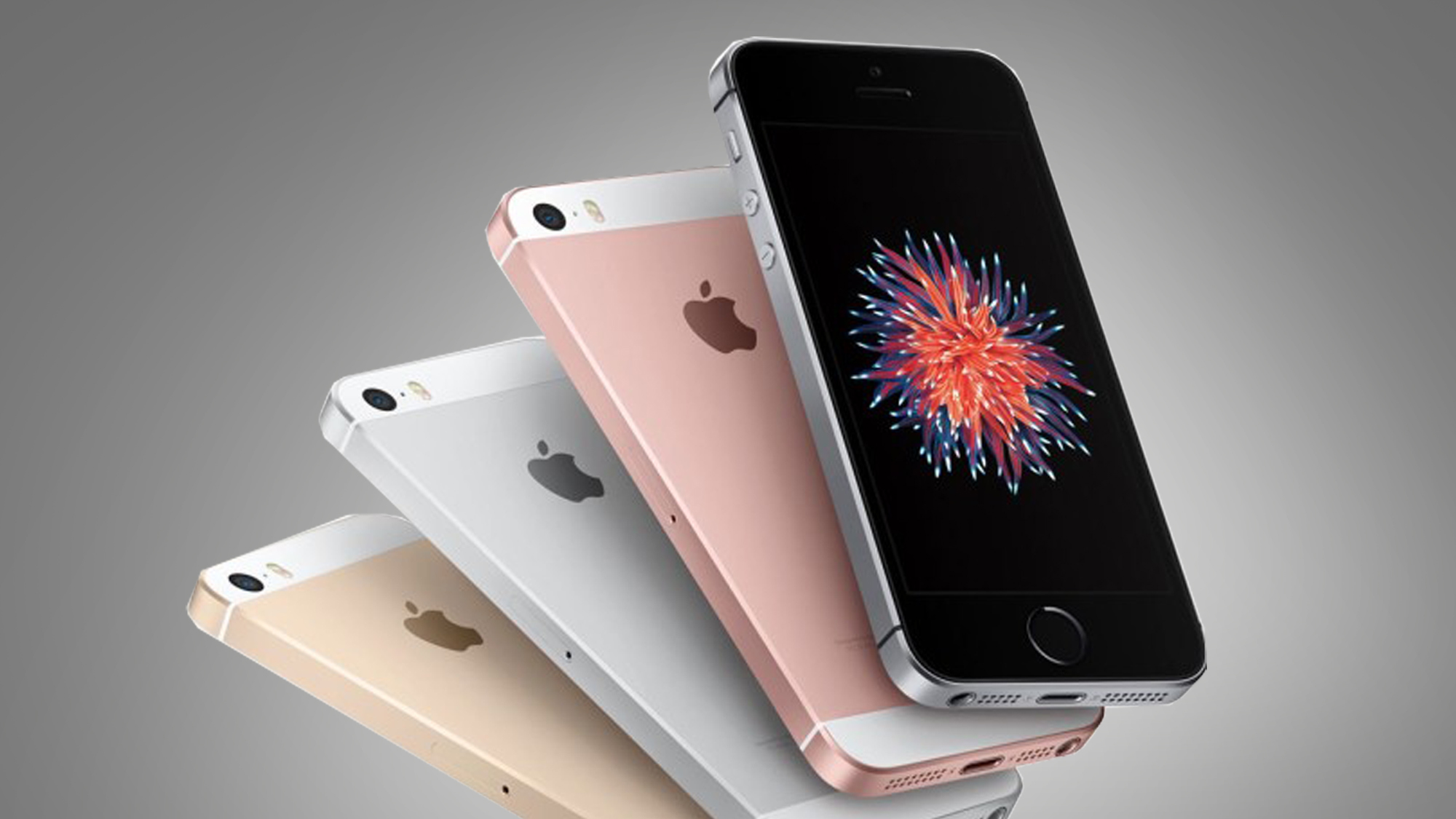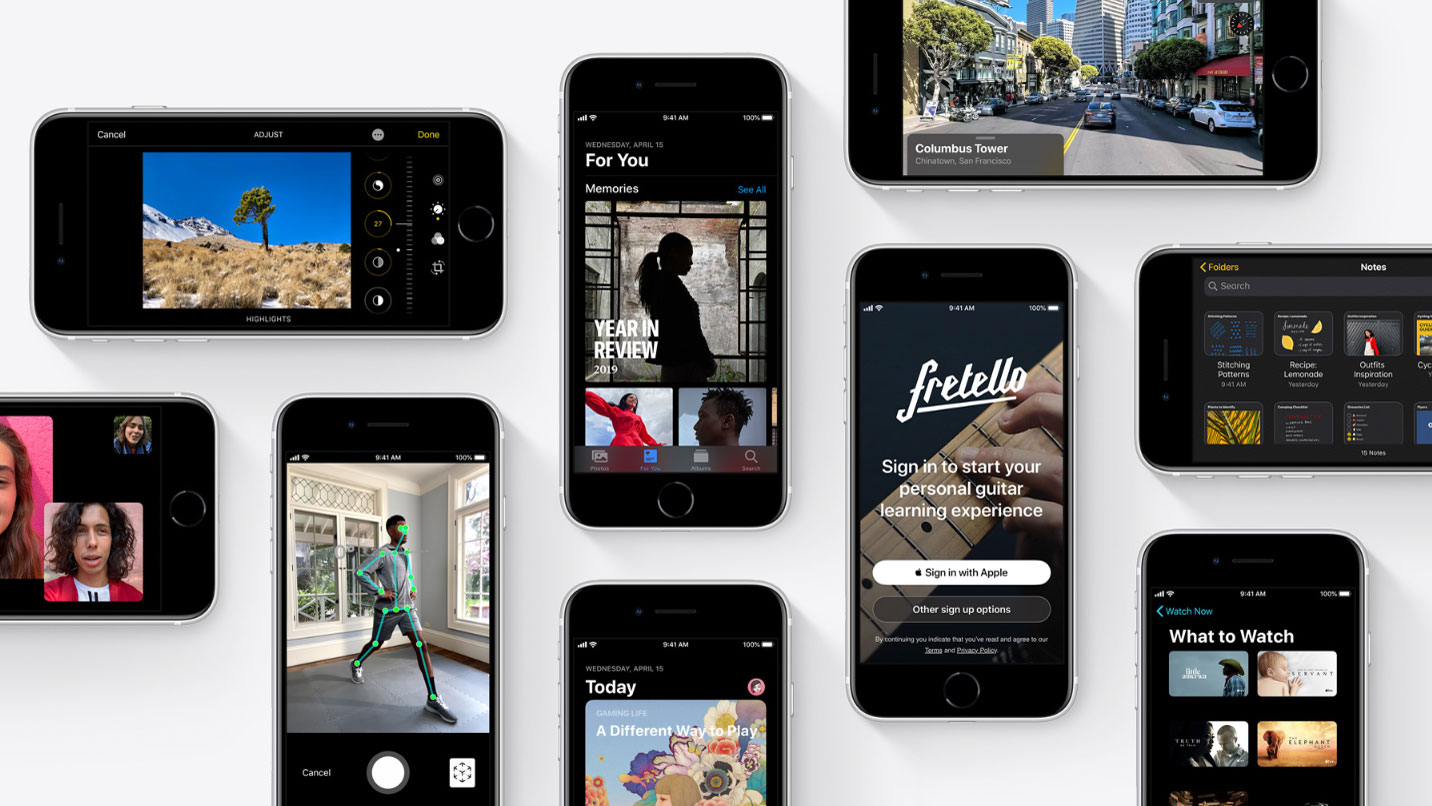The original iPhone SE is now officially obsolete – here’s why it deserves classic status
The original iPhone SE is dead, but it leaves a lasting legacy

Back in the heady days of early 2016, Apple did the unexpected and released a genuine budget iPhone. It was called the iPhone SE.
Now more than seven years on, it’s now been added to Apple's official list of obsolete devices, making it a vintage Cupertino smartphone. So pour one out for the SE, as it was, and still is, quite an important phone.
The first iPhone that I’d have deemed affordable, actually passed me by initially. I’d fully embraced Android phones and felt like there were better budget alternatives to a $399 / £359 phone that lacked some of the features cheap phones had.
But I’d missed the point.
iPhone access granted

What the iPhone SE represented was an affordable and straightforward way to get into Apple’s enviable app and hardware ecosystem, which with the likes of the Apple Watch coming the year before, was starting to build out at a good pace.
For a reasonable sum, albeit not super cheap, iPhone SE users gained access to Apple’s impressive native apps, robust iOS operating system, a curated and rather secure App Store, a powerful chipset (the same as the iPhone 6S series that came out some six months before it), as well as access to exclusive connectivity features like AirPlay and Apple Pay. So where once Apple devices were firmly at the premium end of the mobile market, the (arguably) most iconic Apple device since the iPod was put into the reach of a lot more people.
And I credit the iPhone SE for bringing the likes of the Google Pixel A-series to the market; Google's budget take on its own in-house designed phone was released in October 2016.
Sign up for breaking news, reviews, opinion, top tech deals, and more.
Google has since run with the idea of taking flagship-grade features and pushing them into an affordable phone, the latest example being the Pixel 7a, often trumping many of the other best cheap phones year in, year out. But I do feel Apple set a precedent for others to follow.
SE-eking success

The original iPhone SE was sold for three years before being put out to pasture in September 2018. It was replaced by the iPhone SE 2 in 2020, which built upon the formula, taking some hardware and software features from the high-end iPhones and filtering it into the SE.
Arguably, some of the magic had been lost with the second-generation SE. It used a rather archaic design, though the inclusion of Touch ID still had some appeal, and stuck with a single rear camera while other phones in the same price bracket had more. But the use of a powerful chipset and impressive camera performance maintained the SE’s appeal.
In 2022 the iPhone SE 3 arrived, but felt a bit like a let down. It has the same now ancient aesthetic of its predecessor and its hardware didn’t particularly excite. Some, including me, had hoped for a design that was closer to the iPhone 12 or iPhone 13.
And now we sit waiting for hints and rumors of an iPhone SE 4. So far these have been few and far between. And with Apple offering a mix of financing options it could be argued it doesn’t need to have a notably cheaper iPhone anymore.
Nevertheless, I feel the iPhone SE left a mark and was a sign that Apple could produce a device that didn’t need to torpedo one's bank balance. And I think it was a wake up call for other big phone makers to make compelling budget phones.
In the meantime, I hold out hope for a next-generation iPhone SE that can delight and surprise me… sooner rather than later.
You might also like
Roland Moore-Colyer is Managing Editor at TechRadar with a focus on phones and tablets, but a general interest in all things tech, especially those with a good story behind them. He can also be found writing about games, computers, and cars when the occasion arrives, and supports with the day-to-day running of TechRadar. When not at his desk Roland can be found wandering around London, often with a look of curiosity on his face and a nose for food markets.